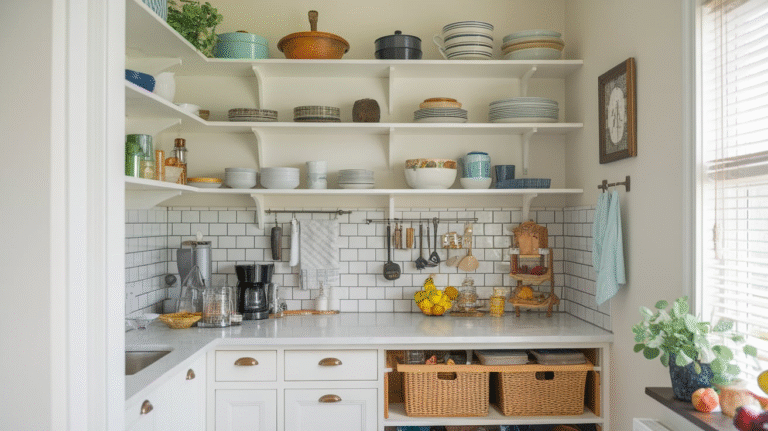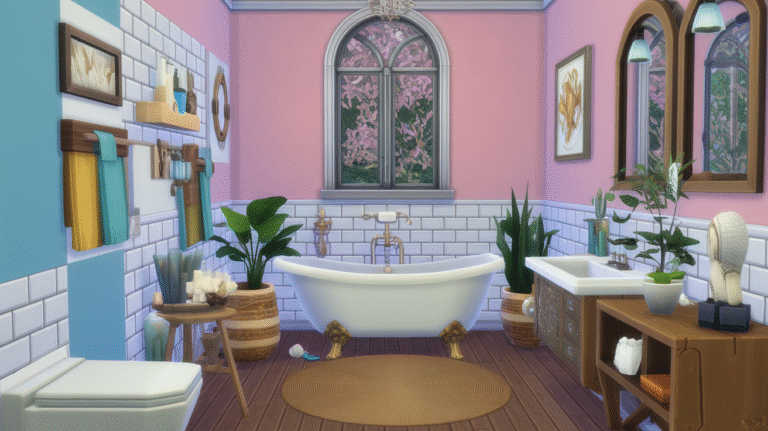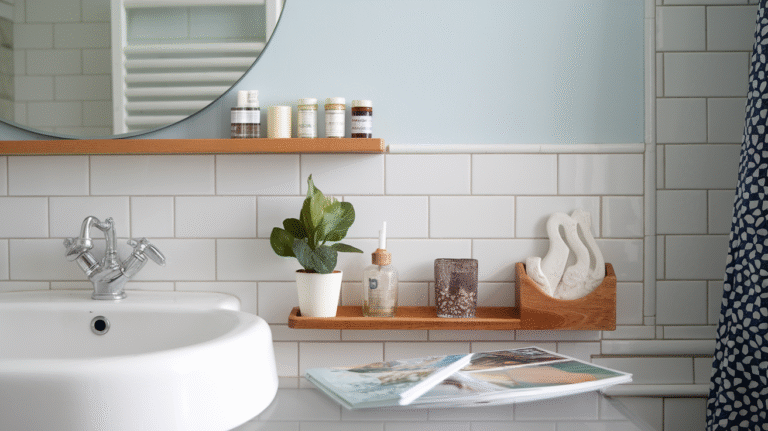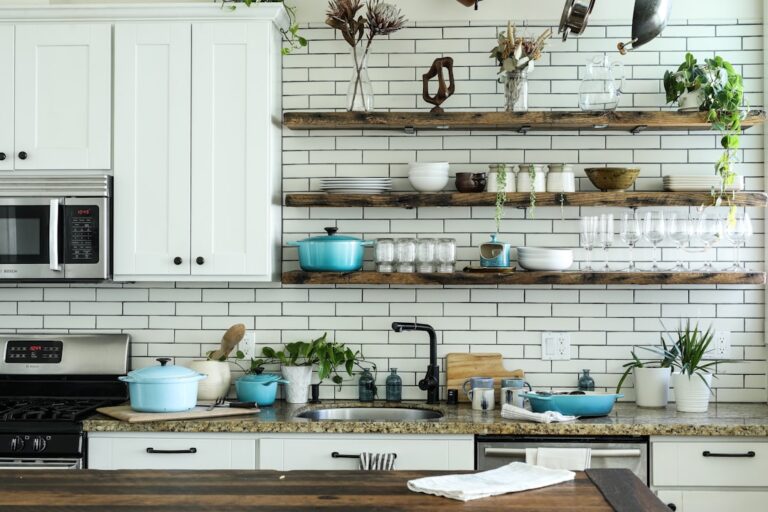24 White Oak Cabinet Stain Colors Ideas
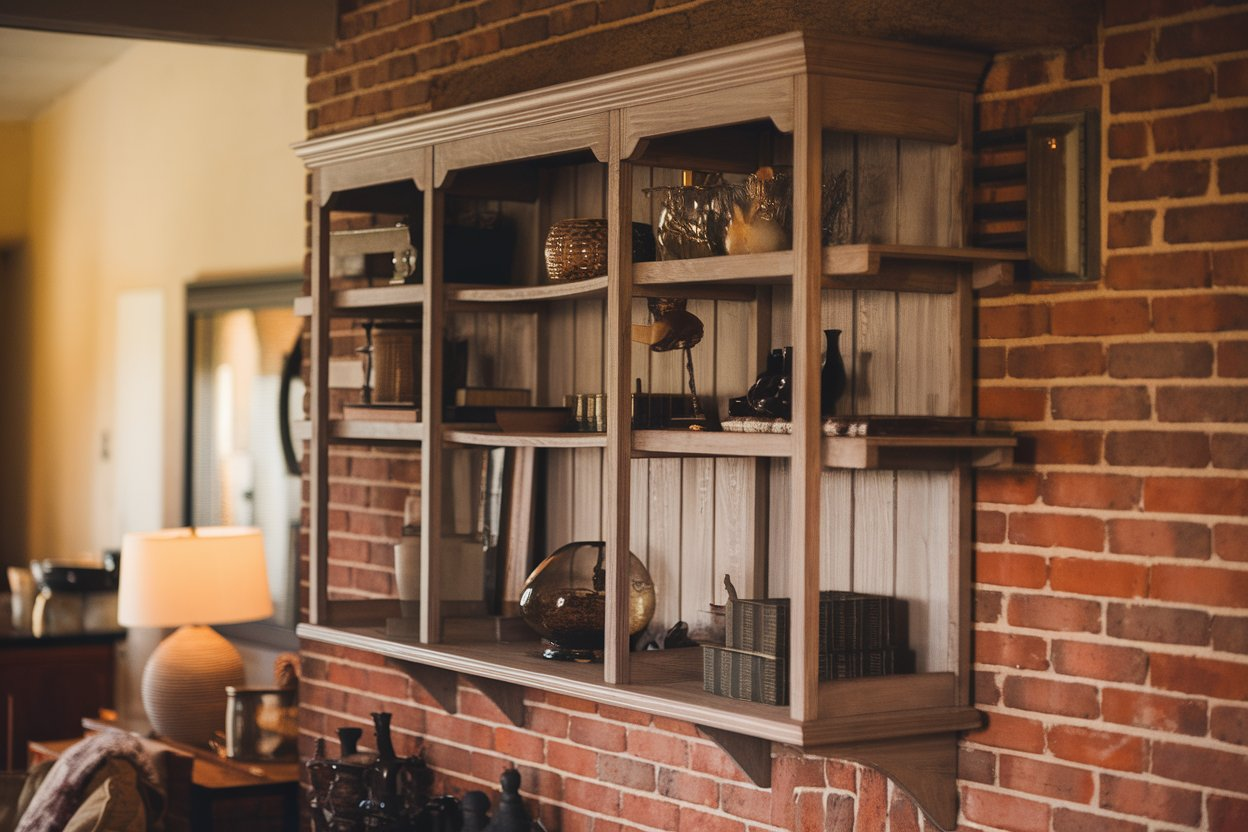
White oak is the wood that never lets you down. It’s like that one friend who’s always on time, always looks great, and somehow works in every situation.
Whether you’re remodeling your kitchen, upgrading a bathroom, or building custom built-ins, white oak cabinetry gives you the perfect blank canvas—but choosing the right stain color?
That’s where the magic—or the mess—can happen. And if you’ve ever stood in front of a dozen stain swatches with a confused frown, I’ve been there too.
1. Classic Natural Clear Coat
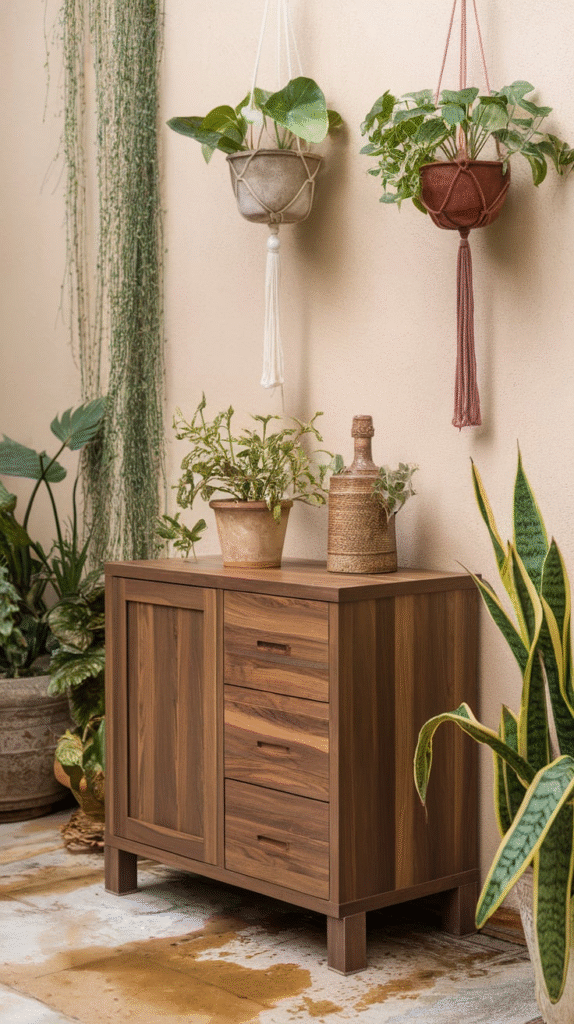
There’s something deeply satisfying about letting white oak speak for itself. A clear matte polyurethane or natural oil finish lets the creamy tan and soft gold tones shine.
It works because it enhances the organic grain without muting the character of the wood. I did this in a small galley kitchen once, and it made the whole room feel light, warm, and grounded without being rustic.
2. Warm Honey Stain
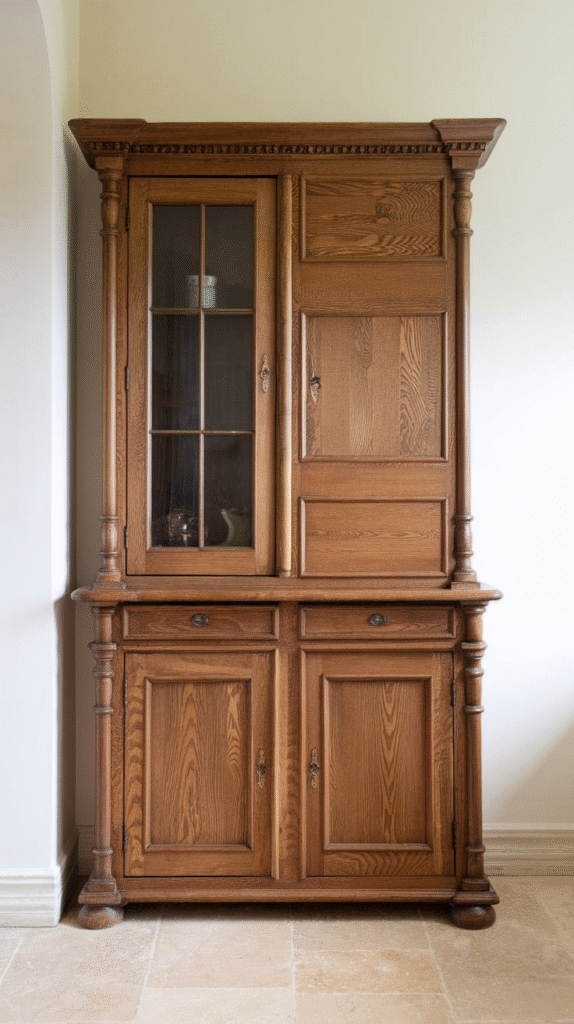
If natural clear is your iced coffee, warm honey is your caramel latte. This shade adds a bit more depth and golden warmth without veering into orange territory.
It’s perfect for homes that lean toward traditional, cottage, or even transitional styles. Paired with soft white walls or soapstone counters? Chef’s kiss.
3. Golden Oak
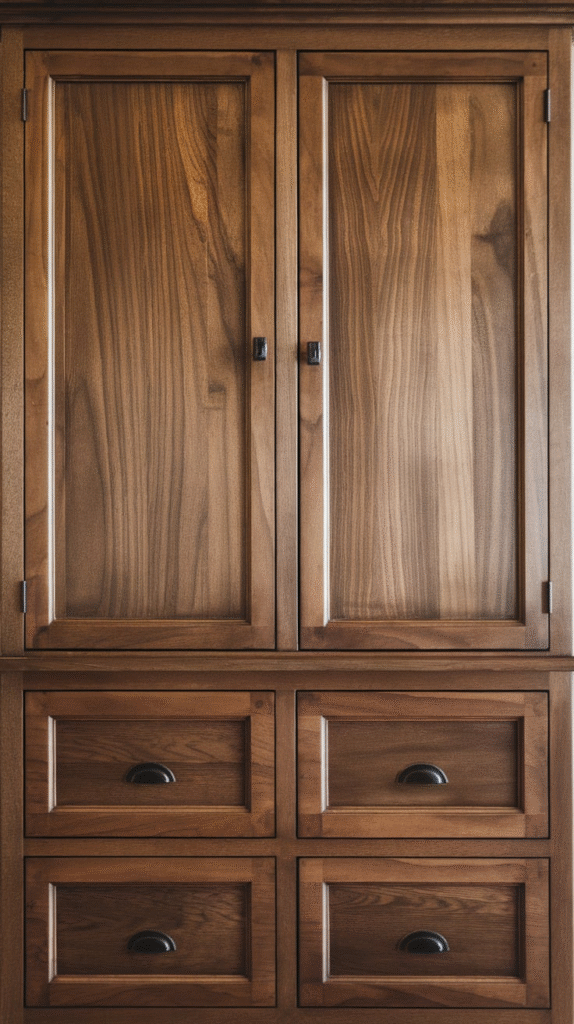
A timeless mid-tone with that gentle amber hue, golden oak was big in the 90s, but it’s making a comeback with a more muted touch. Done right, it feels nostalgic but sophisticated.
The trick is to balance the warm undertone with cool hardware—brushed nickel or matte black keep it current.
4. Aged Oak Stain
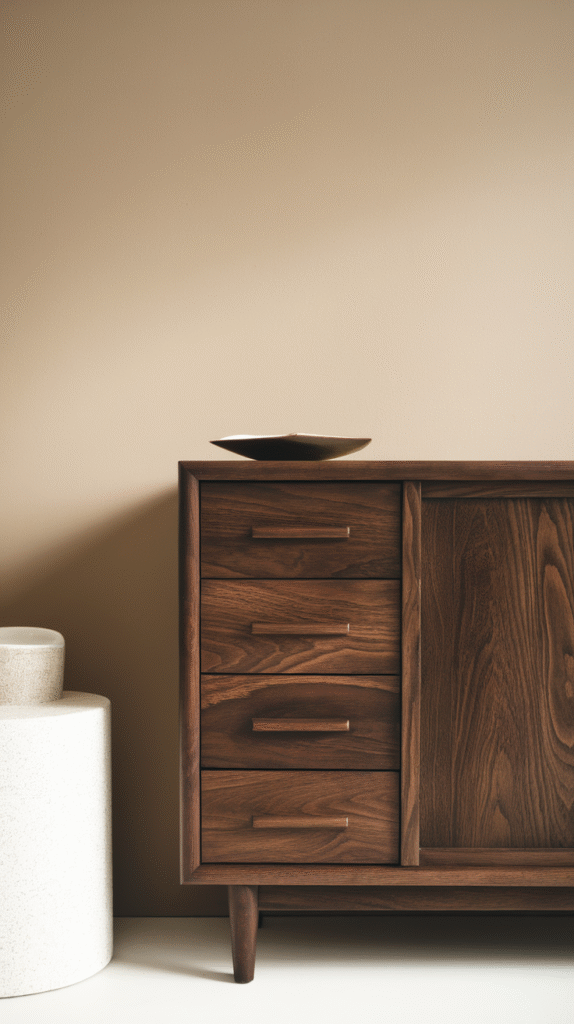
This one’s a little moodier. Aged oak has a hint of gray and brown—imagine driftwood, but cozier. It’s great when you want that well-loved, lived-in look without going too dark.
Think farmhouse kitchen or a rustic-luxe bar cabinet. Add brass handles and watch the glow-up happen.
5. Weathered Gray
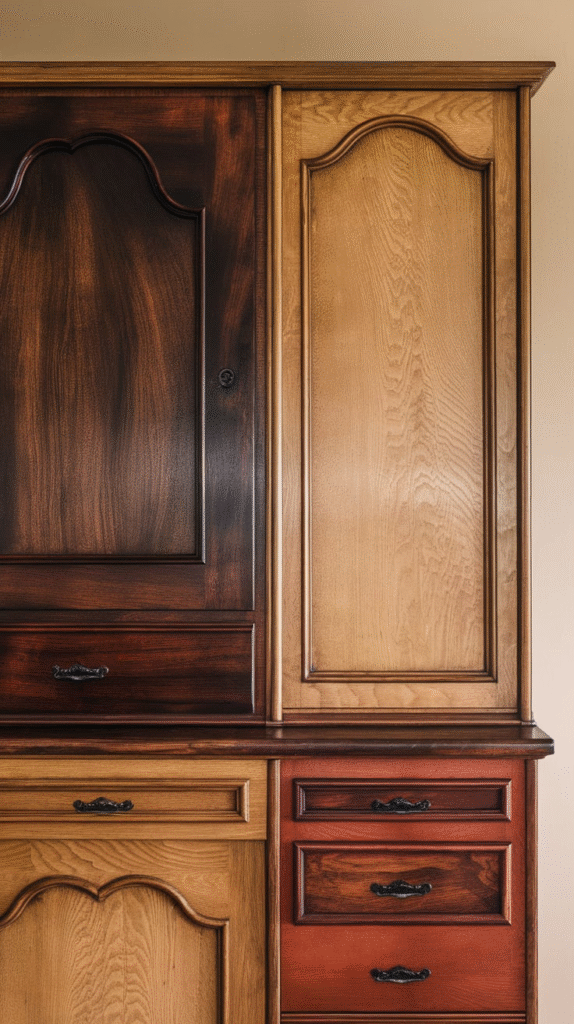
White oak and gray stains go together like denim and white tees. Weathered gray gives a soft, cool tone that desaturates the wood slightly, making it look coastal, relaxed, and modern.
I used this on built-in bookshelves in a guest room, and suddenly the whole space felt like a high-end Airbnb retreat.
6. Driftwood Wash
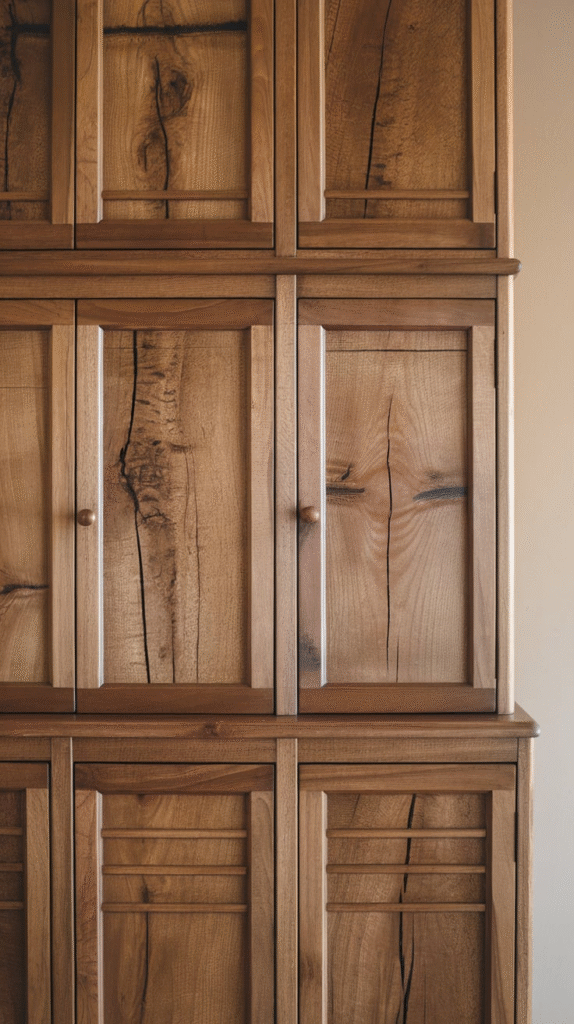
This is a lighter take on gray, almost like a limed finish. Driftwood wash allows the grain to peek through while giving a sun-bleached effect.
Ideal for beachy, Scandinavian, or minimalist spaces, it gives that light, breezy look that pairs beautifully with white floors and linen curtains.
7. Pickled White
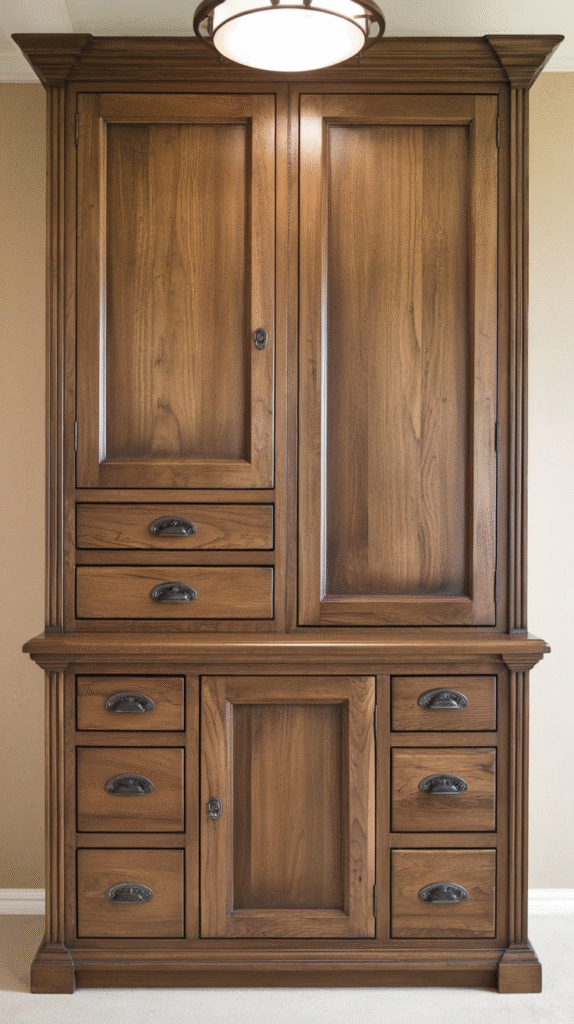
Also known as whitewash or liming, this finish brings out the pores of the grain, giving white oak a textured, milky look.
It’s especially stunning on flat panel or rift-cut oak cabinets, where the linear grain pattern becomes the star. It also makes small kitchens feel airier without going full white-on-white.
8. Light Taupe
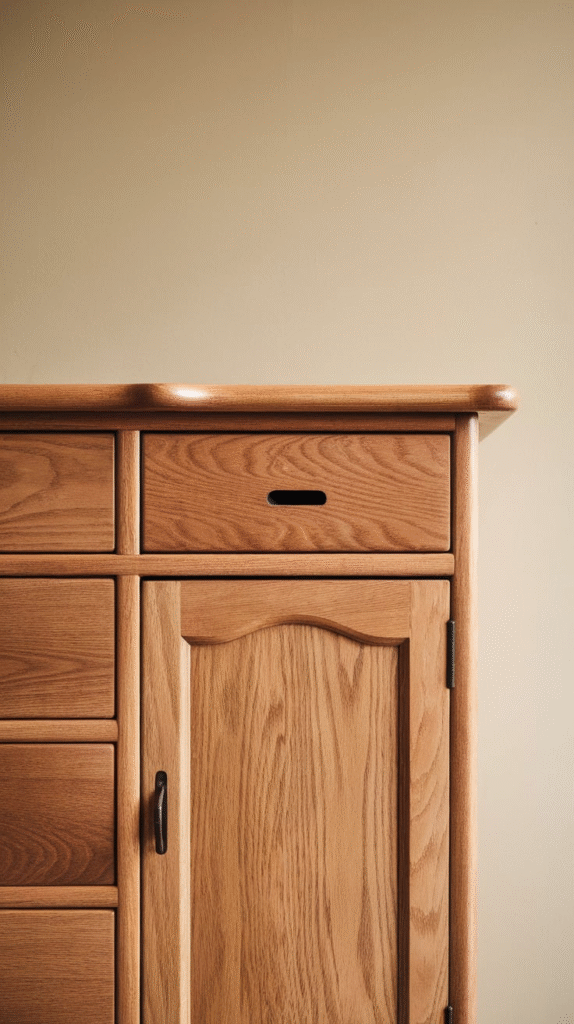
Somewhere between beige and gray sits taupe, the peacemaker of neutrals. A light taupe stain adds a muted elegance and works well with almost any design palette.
It’s subtle, calm, and reads like quiet confidence—perfect for open-concept kitchens or integrated living areas.
9. Warm Greige
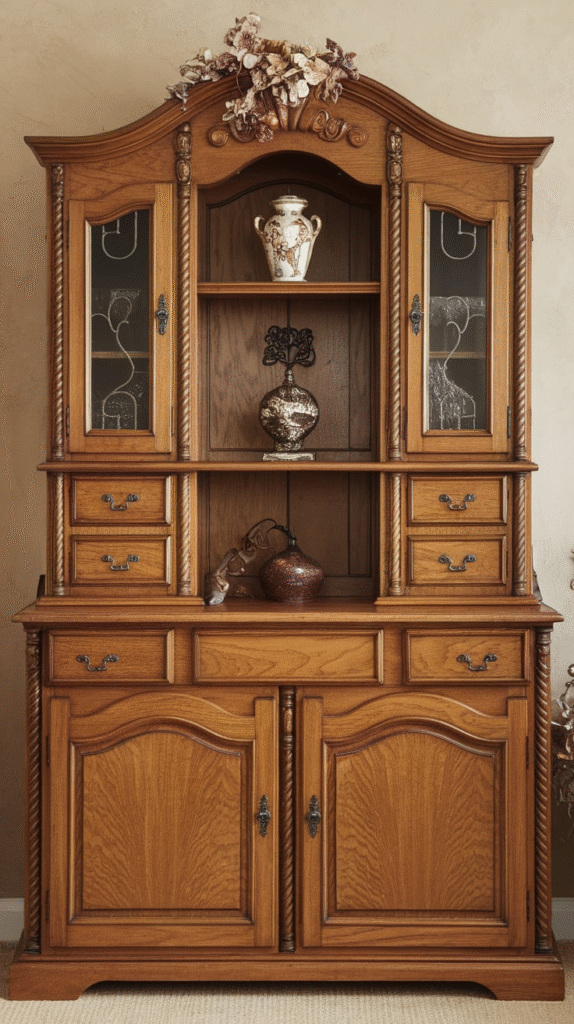
Greige (gray + beige) is like the mullet of cabinet stains—business and party in one finish. The warm greige stain still shows off white oak’s character but pulls the color palette into modern territory.
Great for spaces with mixed materials—think marble, brass, and glass.
10. Classic Espresso
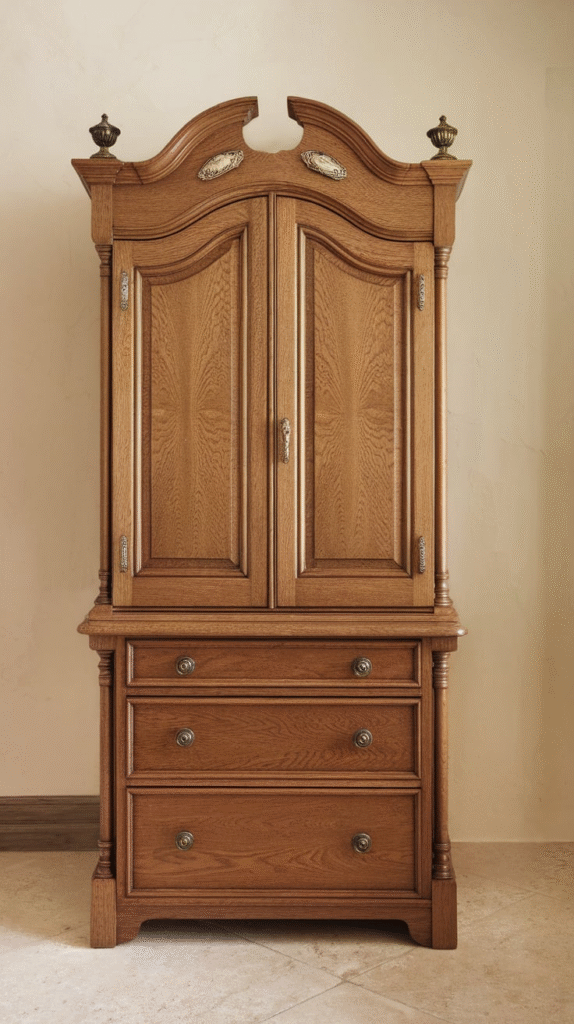
If you want drama and depth, espresso stain is your go-to. It takes the naturally pale oak and turns it into a moody masterpiece, revealing just enough grain to keep it from looking like a flat paint job.
I once used this in a home office with navy walls and leather chairs—pure CEO energy.
11. Cool Charcoal
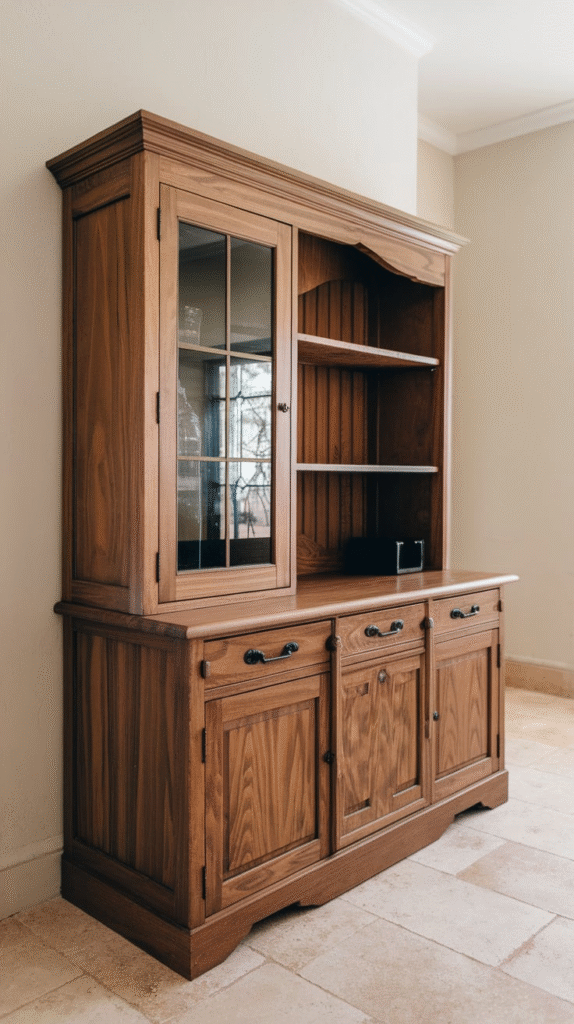
Charcoal stains on white oak create a dark, smoky vibe without going jet black. It’s cooler than espresso and has more urban sophistication.
Pair with concrete countertops and industrial light fixtures for a modern loft vibe. Add a fiddle-leaf fig and you’re Instagram-ready.
12. Rich Walnut
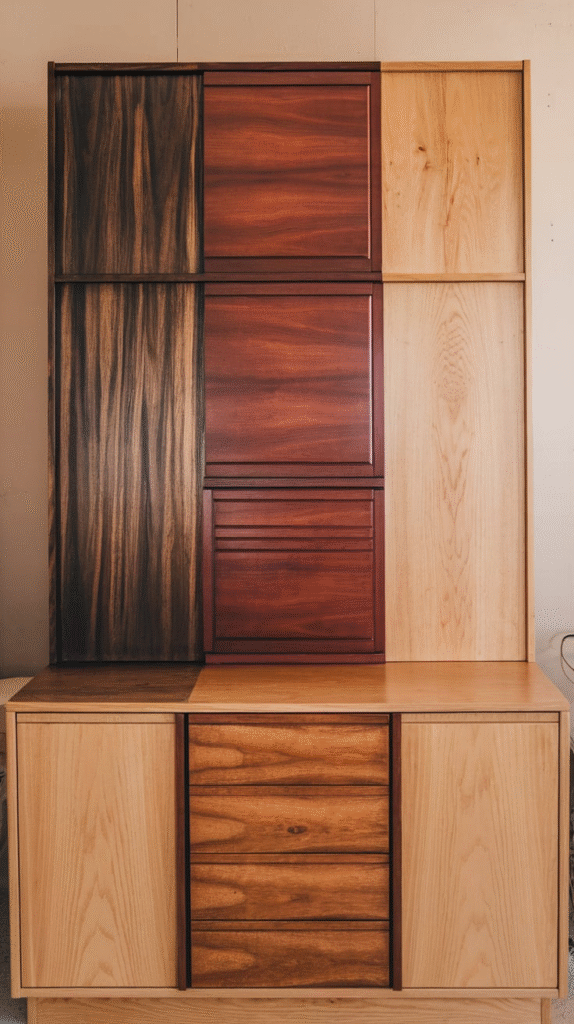
This stain leans into brown warmth with reddish undertones, mimicking the richness of actual walnut wood. It’s especially popular for kitchens that want a rich, traditional look without going too dark.
White oak’s grain under walnut stain becomes dimensional and earthy—perfect for shaker-style cabinetry.
13. Antique Brown
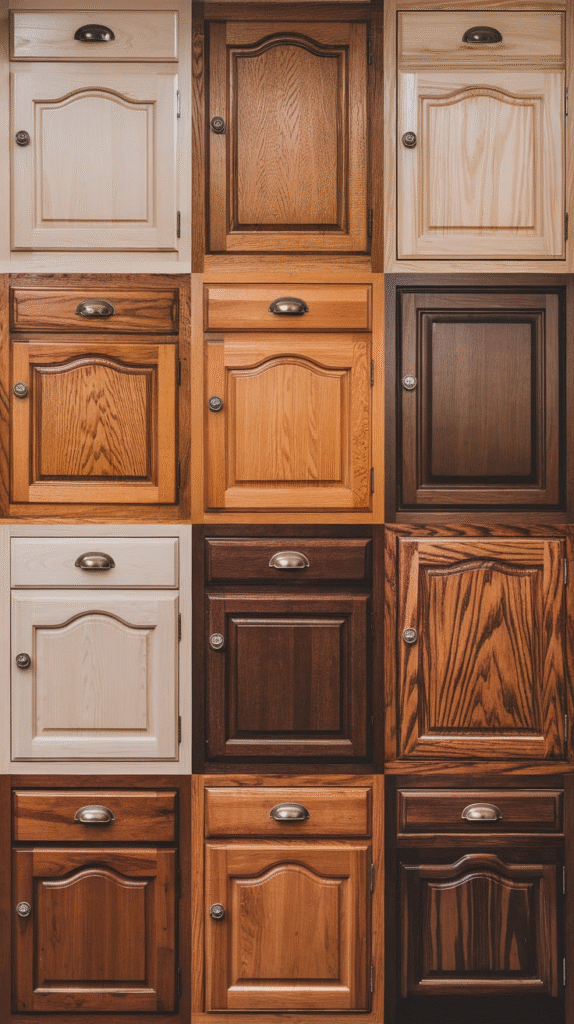
Looking for that vintage, high-end antique shop feel? Antique brown stain offers a subtle aged patina, with a touch of warmth and history.
It looks especially good with aged brass or copper hardware and works wonders in historic homes or design styles with Old World charm.
14. Smoky Umber
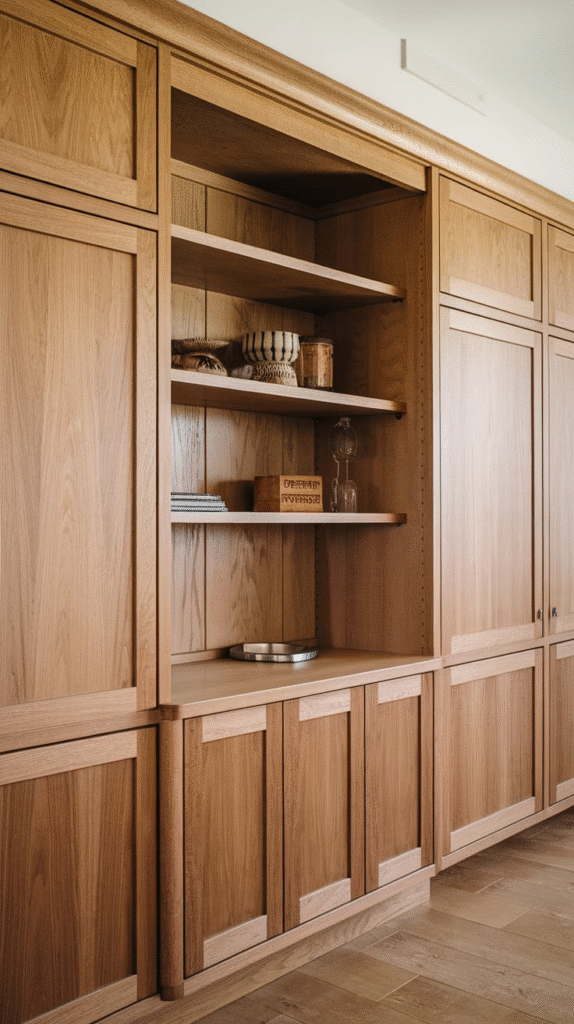
This one sounds fancy because it is. Smoky umber is a mid-to-dark brown stain with slight gray and ash notes. It brings both depth and coolness, a hard combo to get right.
It’s perfect for cabinetry in open kitchens or mudrooms where you want something bold but not heavy.
15. Ebonized Oak
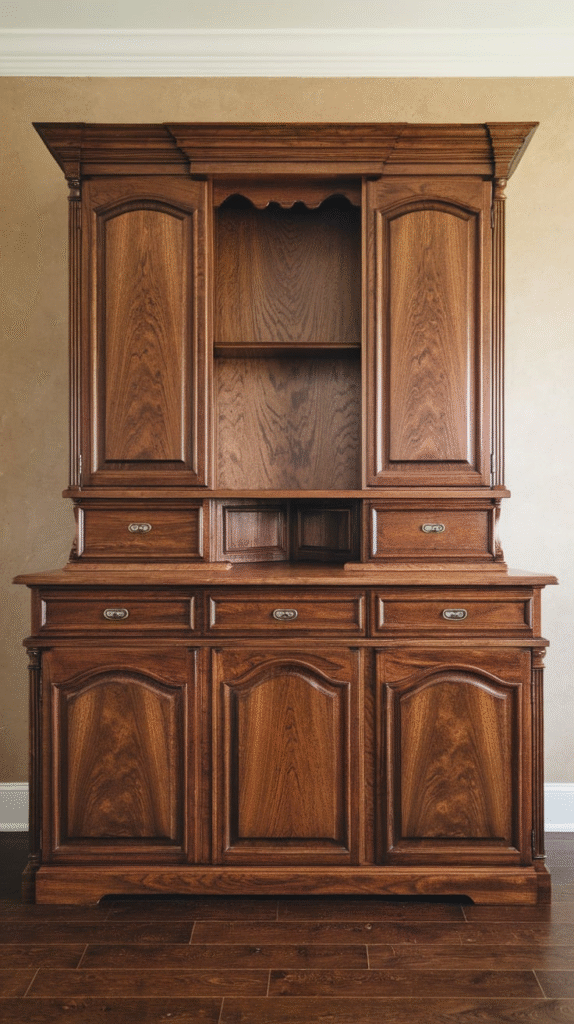
The boldest of them all—ebonized white oak turns that pale wood into nearly-black drama, but still allows the grain to peek through.
Used in modern kitchens, powder rooms, or dramatic built-ins, it commands attention without saying a word. Think boutique hotel in Tokyo meets Parisian flat.
16. Soft Sand
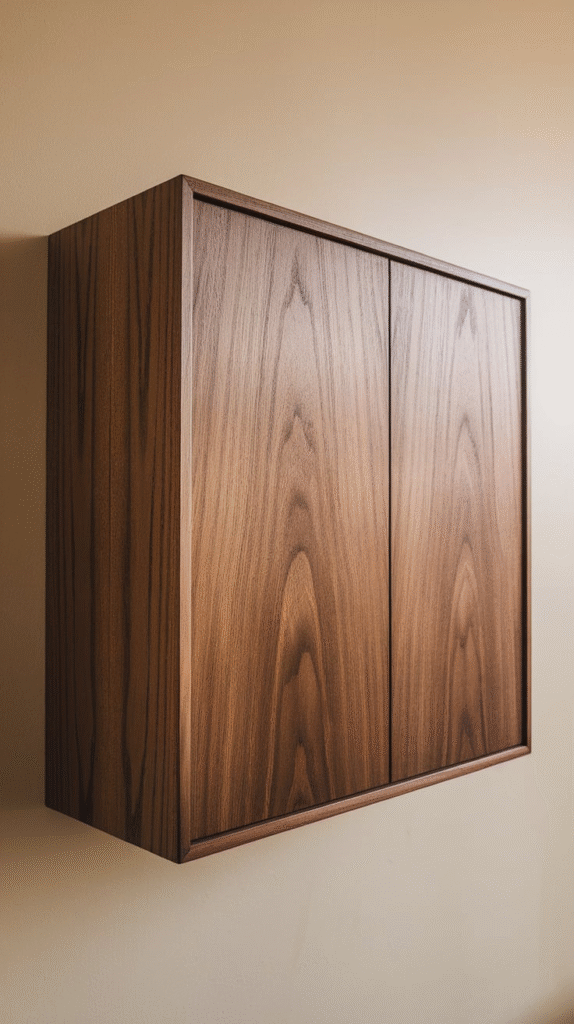
For those who love the look of light wood but want just a touch of warmth, soft sand stain gives you that barely-there beige glow. It’s like the beach house sun kissed your cabinetry.
This works especially well with natural stone backsplashes and white oak floors in similar tones.
17. Raw Wood Look
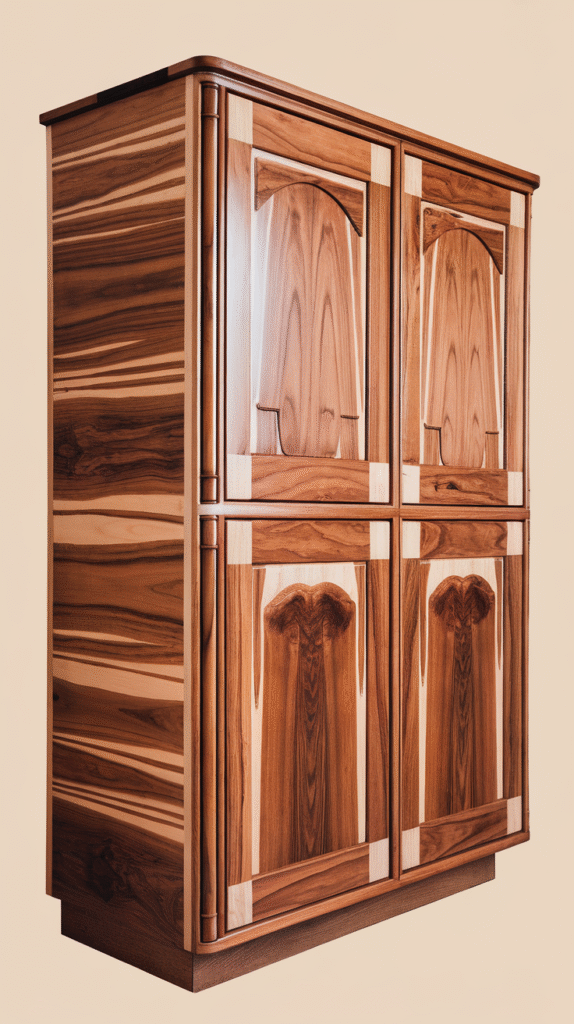
Technically not a stain, but a technique—use a water-based polyurethane that gives the appearance of untreated wood. It’s the “no makeup” makeup look for cabinets.
Great for minimalists or anyone going for a Japandi or Scandinavian vibe. Clean, understated, and endlessly versatile.
18. Ashen Oak
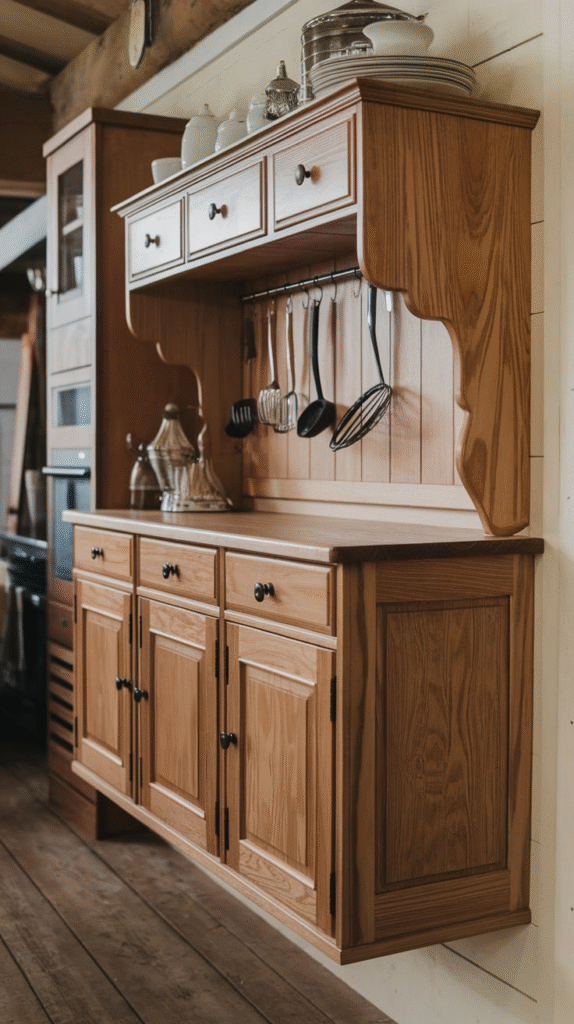
If you want something that feels weathered but still warm, ashen oak stain brings a faded wood effect that looks straight out of a European cottage.
It plays beautifully with soft whites, light pinks, and linen textures. Perfect for boho kitchens or cozy studio nooks.
19. Clay-Toned Finish
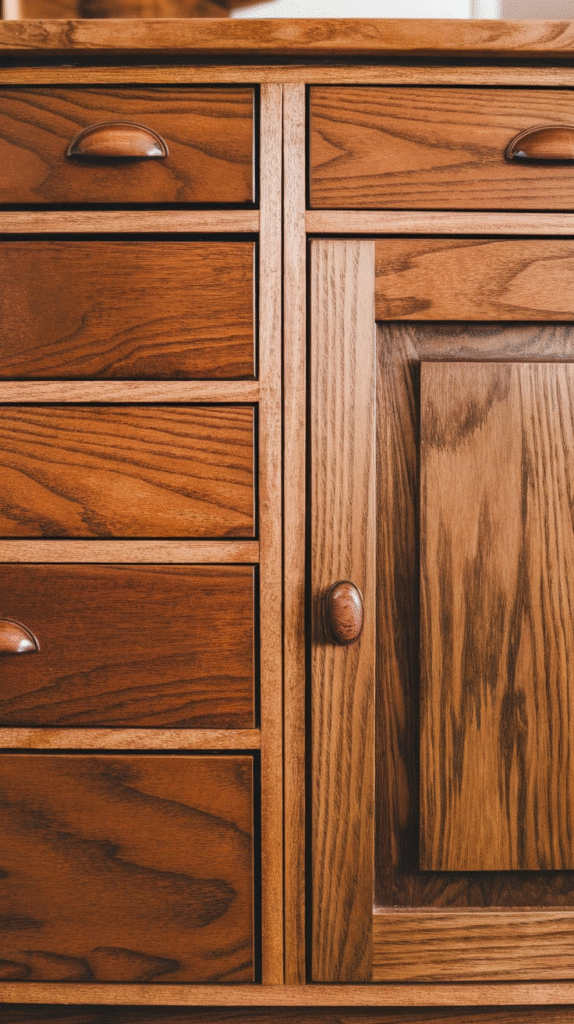
Clay stains add earthy depth—think terra cotta meets oak. It’s an unexpected choice, but when you pair it with muted sage green walls and stone countertops, the result is stunning.
Use it in Mediterranean-style kitchens or artistic, earth-toned interiors.
20. Cognac Stain
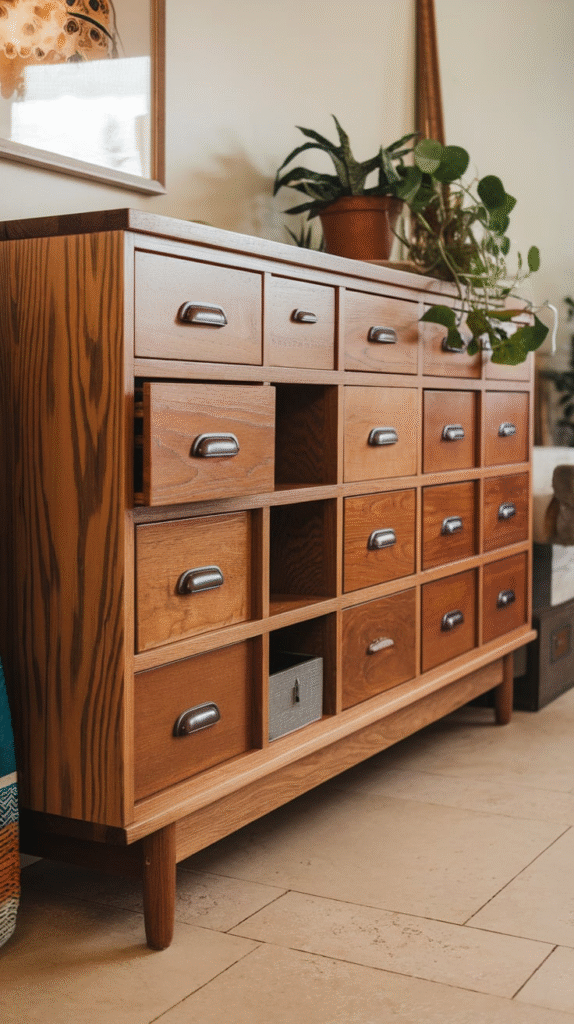
Rich, sophisticated, with a hint of reddish warmth—cognac stain gives white oak a classic, polished feel. It’s great for formal dining rooms or libraries.
The tone works well with both traditional and mid-century modern furniture and makes wood grain look expensive.
21. Light Chestnut
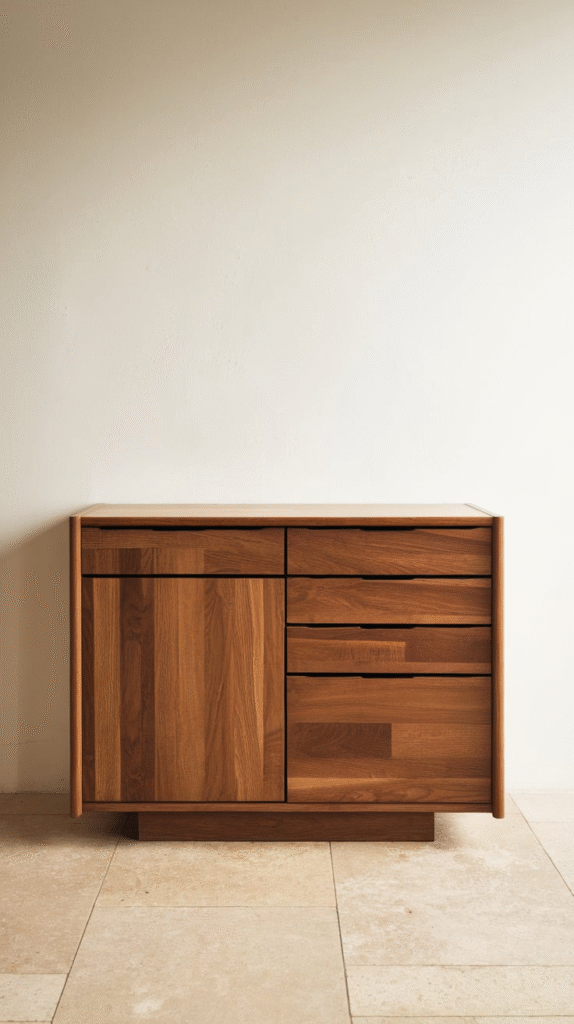
A soft, nutty brown with a golden hue, light chestnut keeps things warm but grounded. This is one of those middle-of-the-road stains that rarely offends and always feels comfortable.
Use it in homes with kids or pets—it’s forgiving of fingerprints and chaos.
22. Burnt Sienna Wash
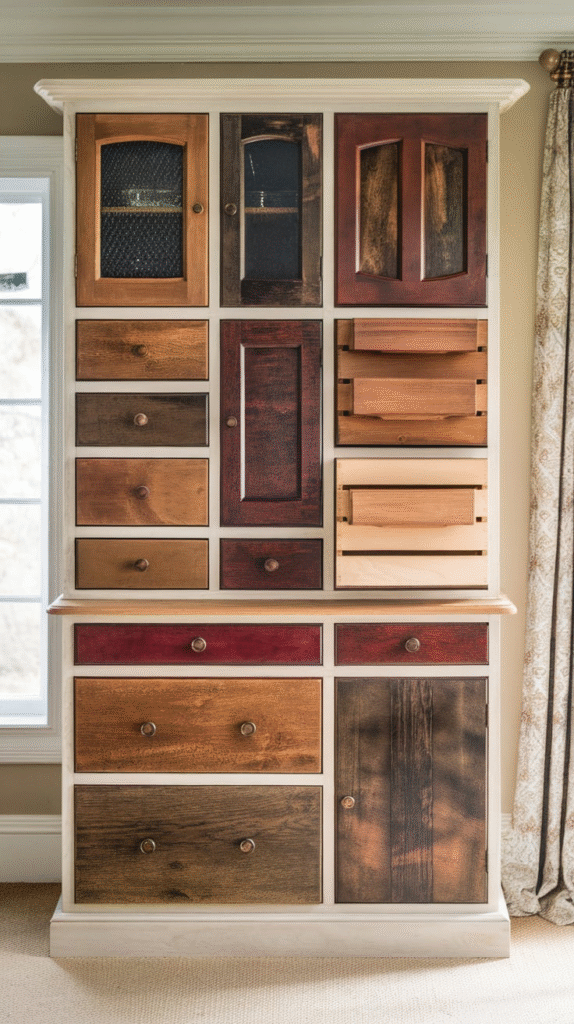
If you want to flirt with color without going wild, burnt sienna adds a whisper of red-brown-orange undertones that feels warm and vibrant.
White oak still shows through, but it gains depth and drama. Add leather stools and copper pendant lights for a pulled-together look.
23. Pearl Gray Wash
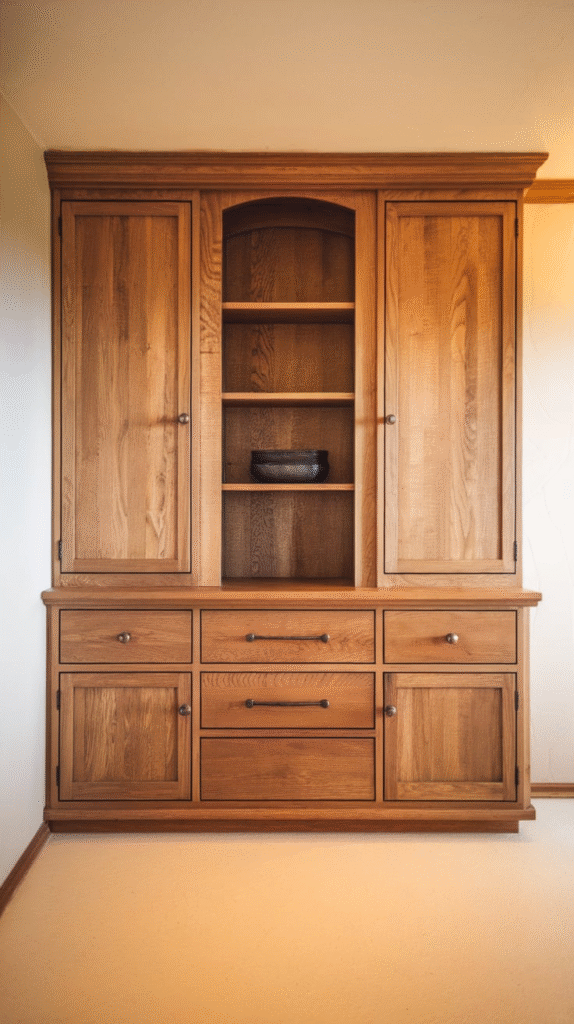
Unlike heavy gray, pearl gray is soft, chalky, and nearly white in the right light. It can make cabinets feel washed in moonlight and works incredibly well in minimalist kitchens or bath vanities.
Pair with cool-toned marble and chrome accents for a serene space.
24. Custom Two-Tone Blends
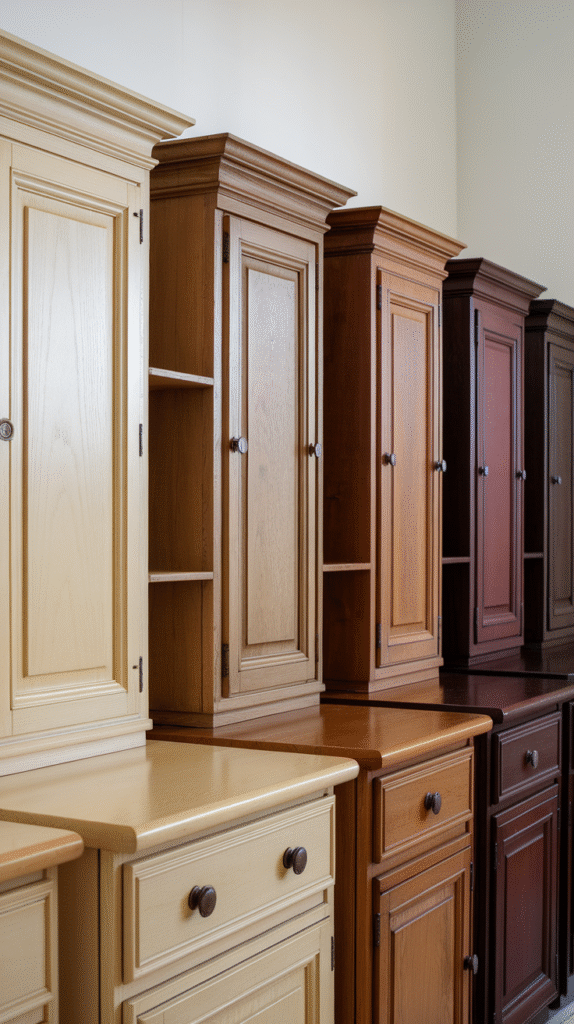
Don’t be afraid to go custom. I once mixed a light taupe base with a hint of gray and then added a top coat of oil in natural matte—it turned into a totally unique blend that looked almost smoky-linen.
Whether you mix your own or layer stains, custom blends let you create something that’s perfectly you. Just test it on a scrap piece first, always.
Bonus: How to Choose the Right White Oak Stain
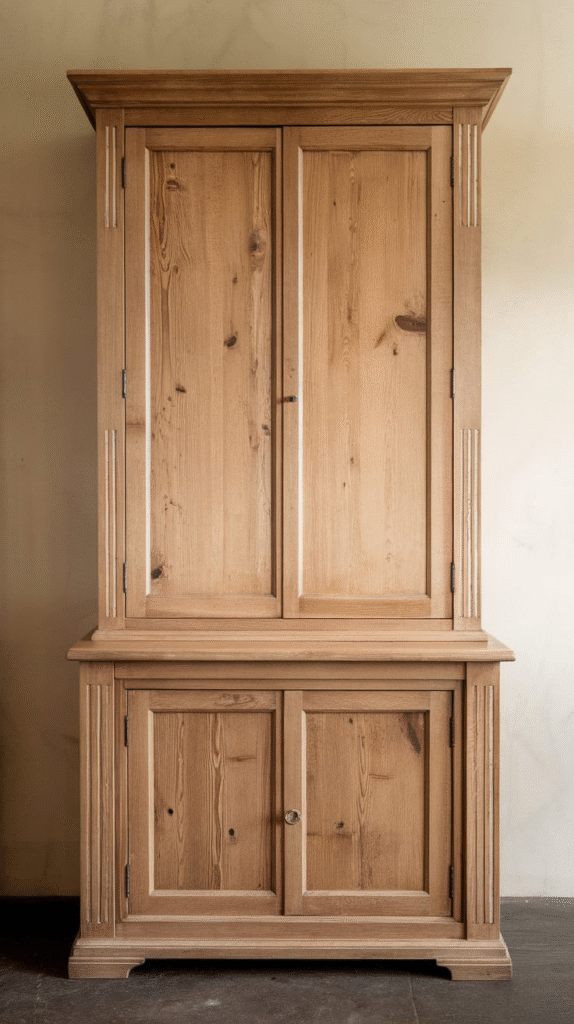
Let’s talk strategy. Choosing a stain isn’t just about the color. It’s about how it works in your space, with your light, and your style.
Think about light. South-facing rooms can handle cooler, darker stains. North-facing rooms need warmth.
Check undertones. What are your countertops, floors, and walls doing? Make sure your stain complements, not clashes.
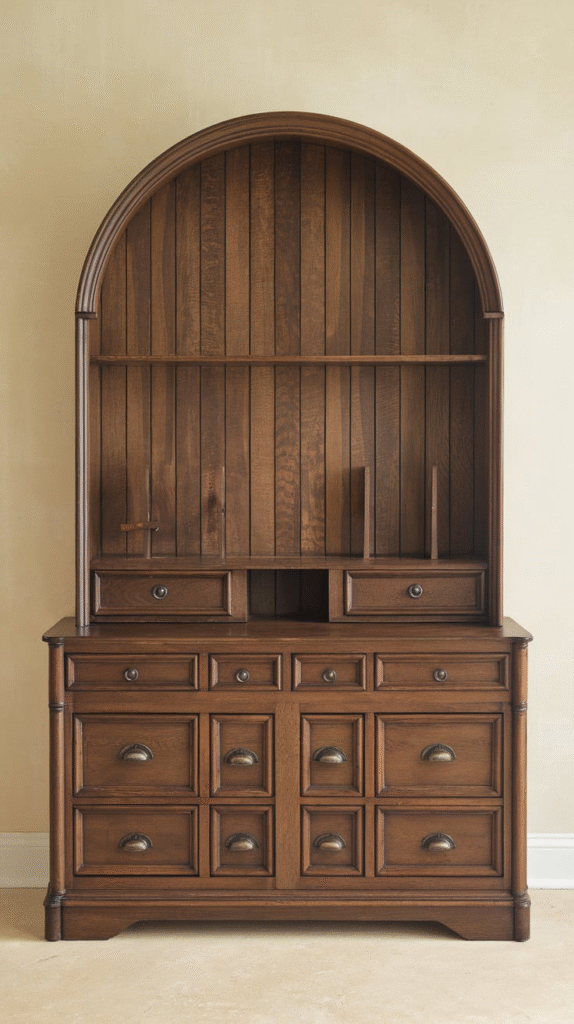
Sample first. Always test your stain on the actual white oak you’re using. Different cuts (plain, rift, quarter-sawn) will absorb stains differently.
Consider finish. A stain in matte looks entirely different in gloss. Finish affects the warmth, depth, and reflectivity.
Live with it. Let samples sit for a few days. Look at them in morning light, afternoon shadows, and evening under lights.
Conclusion
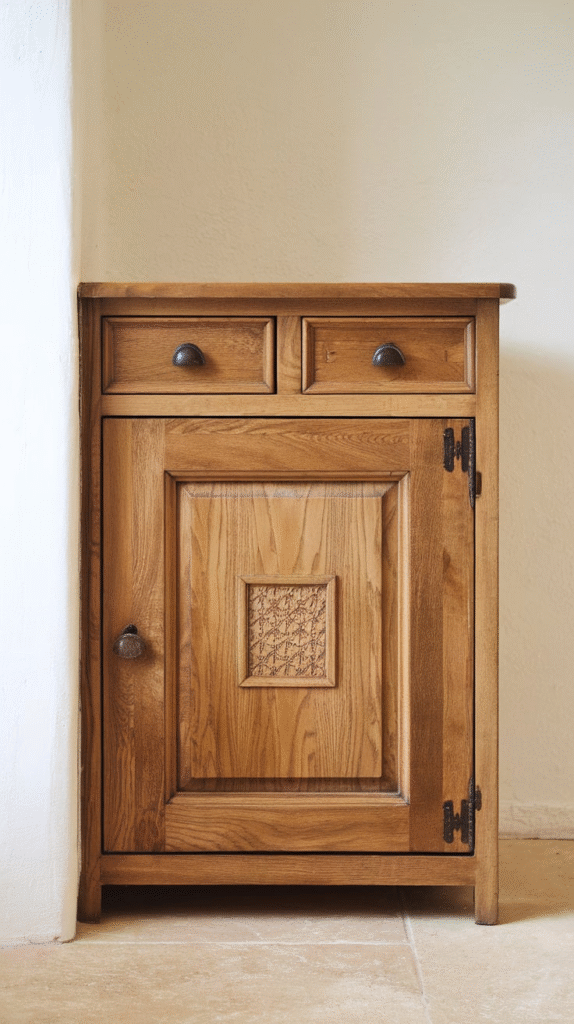
White oak is a gift—it’s sturdy, beautiful, and takes on color like a pro. Whether you go natural and airy, bold and dark, or somewhere dreamy in between, the right stain can bring your vision to life.
When I chose the finish for my kitchen, I spent hours agonizing over taupes, warm grays, and aged browns. In the end, it wasn’t about finding the trendiest color. It was about finding what made the space feel like home.

